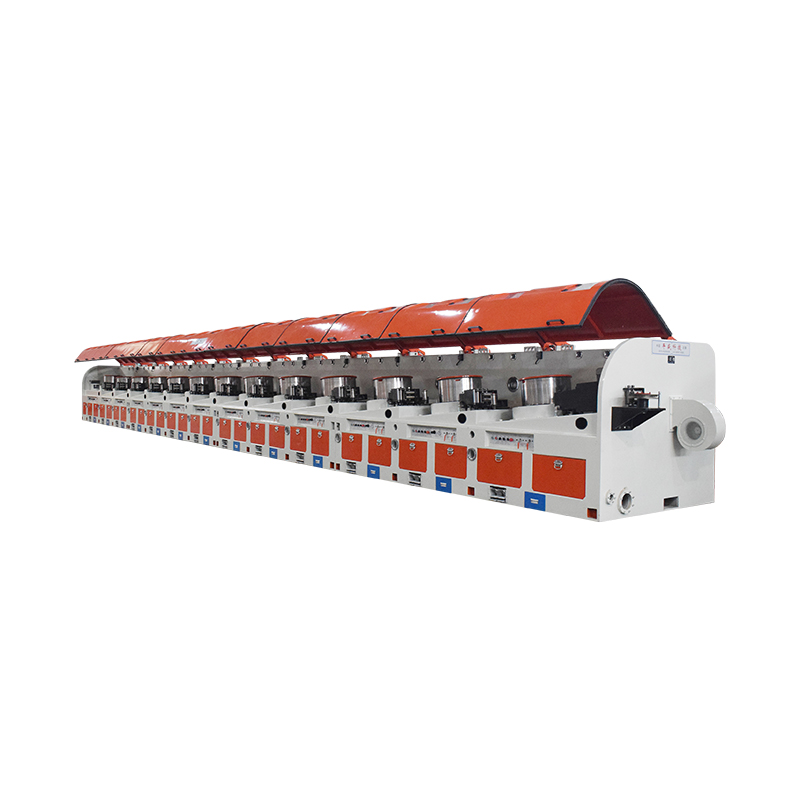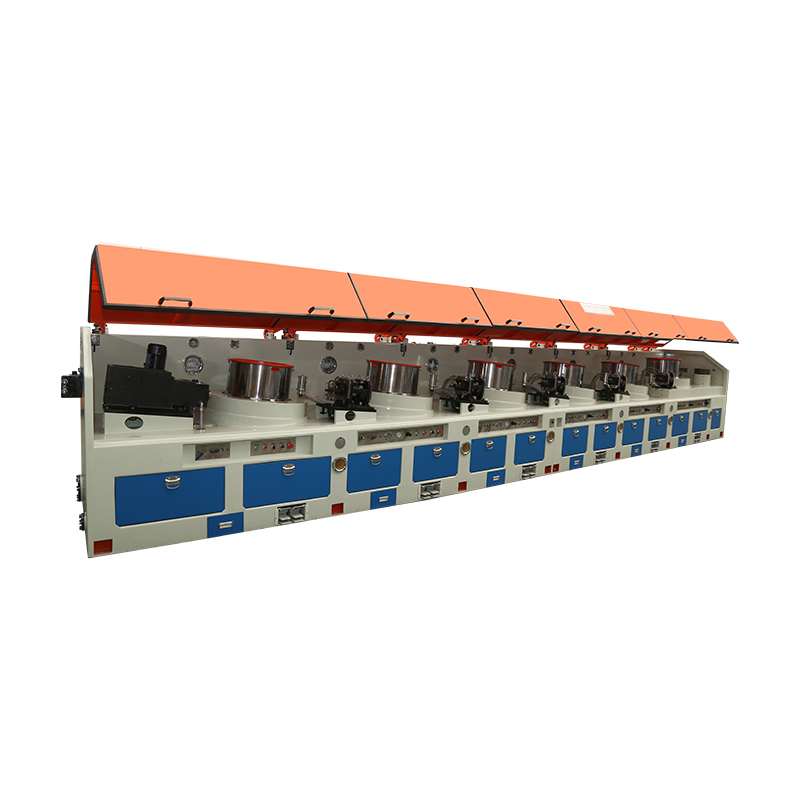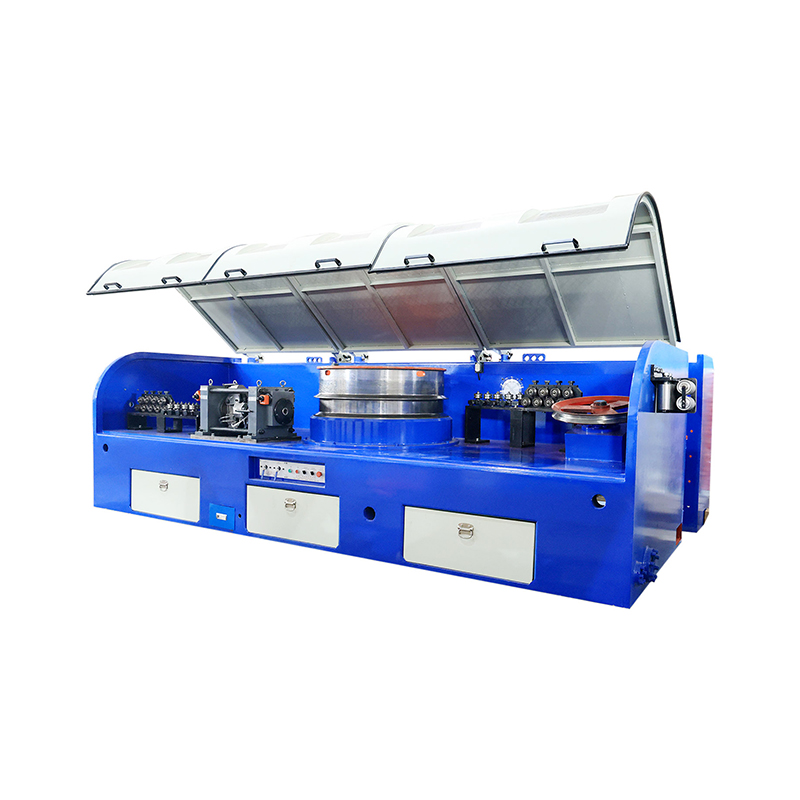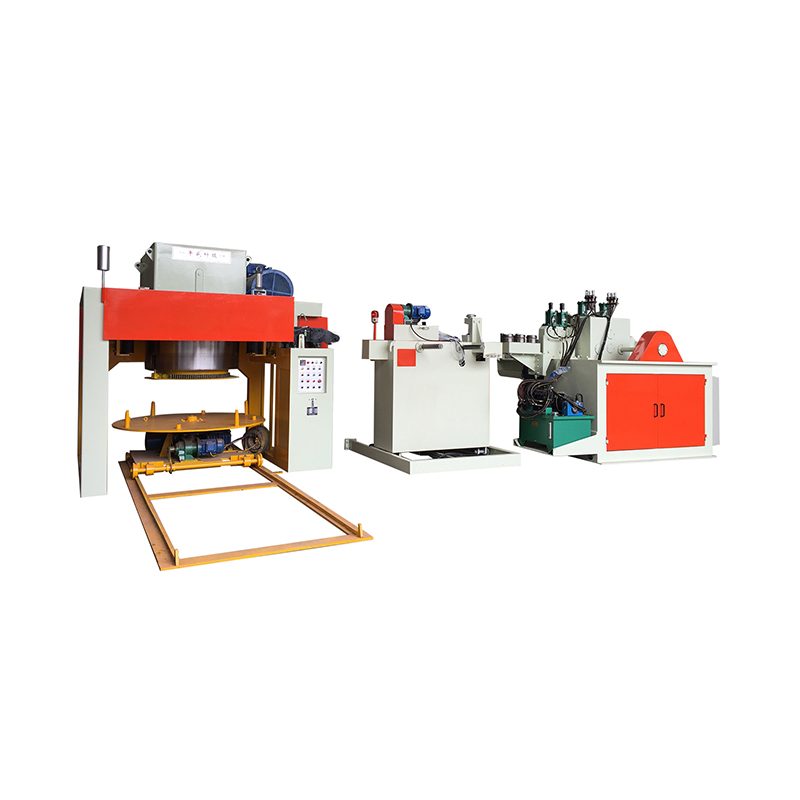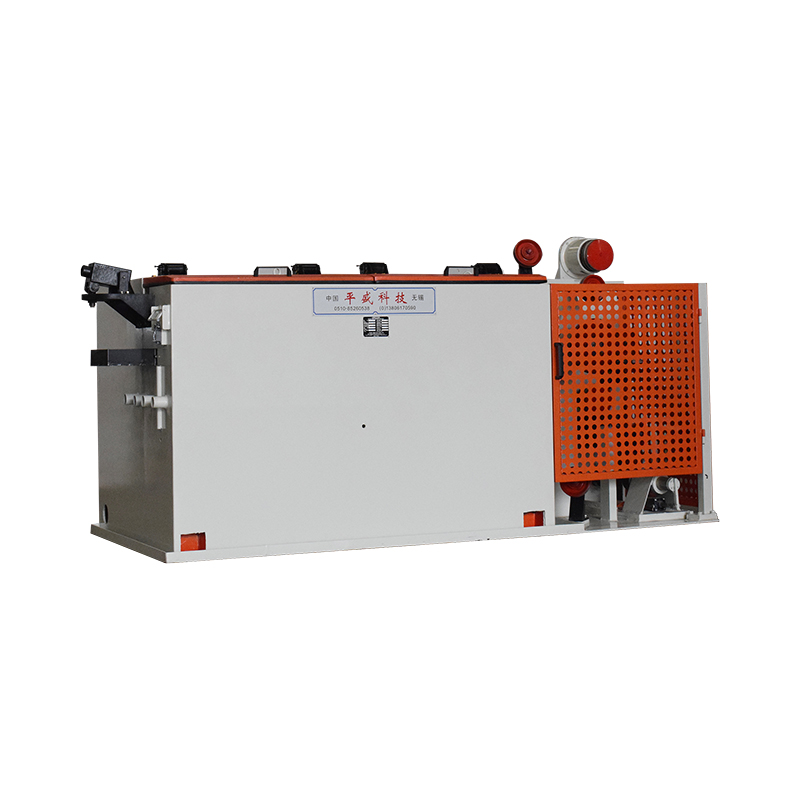What Is the Difference Between Wet and Dry Wire Drawing Machines?
Introduction to Wire Drawing Machines
Wire drawing machines are essential equipment in the metalworking and wire production industries. They are designed to reduce the diameter of metal wires while improving surface finish, mechanical strength, and flexibility. Two primary types of wire drawing processes exist: wet wire drawing and dry wire drawing. Understanding the distinctions between these two methods is crucial for manufacturers aiming to optimize quality, efficiency, and cost-effectiveness in wire production.
Understanding Wet Wire Drawing Machines
Wet wire drawing machines use a liquid lubricant, typically oil or water-based solutions, to reduce friction between the wire and drawing dies. This method helps minimize heat generation during the drawing process, allowing for smoother wire surfaces and reduced die wear.
Key Features of Wet Wire Drawing
Wet wire drawing machines are characterized by their use of continuous lubrication, cooling systems, and precise tension control. The lubricant forms a thin film between the wire and die, preventing metal-to-metal contact and reducing the likelihood of defects such as scratches, cracks, or uneven surfaces.
- Continuous cooling prevents overheating and preserves wire integrity.
- Lubrication reduces die wear and maintenance frequency.
- Smooth surface finish improves downstream processing like coating or annealing.
Understanding Dry Wire Drawing Machines
Dry wire drawing machines operate without continuous liquid lubrication. Instead, they often use solid or minimal lubricants, such as graphite or wax coatings, applied directly to the wire. This method is suitable for certain metals and wire sizes where liquid lubrication may cause contamination or is unnecessary.
Key Features of Dry Wire Drawing
Dry wire drawing focuses on high-speed production with less dependency on lubrication systems. While this can simplify maintenance, the method requires precise die design and careful monitoring to avoid overheating, surface defects, or excessive die wear.
- Eliminates the need for complex lubrication and cooling systems.
- Reduces environmental concerns related to oil or chemical disposal.
- Suitable for specific metals and smaller wire diameters.
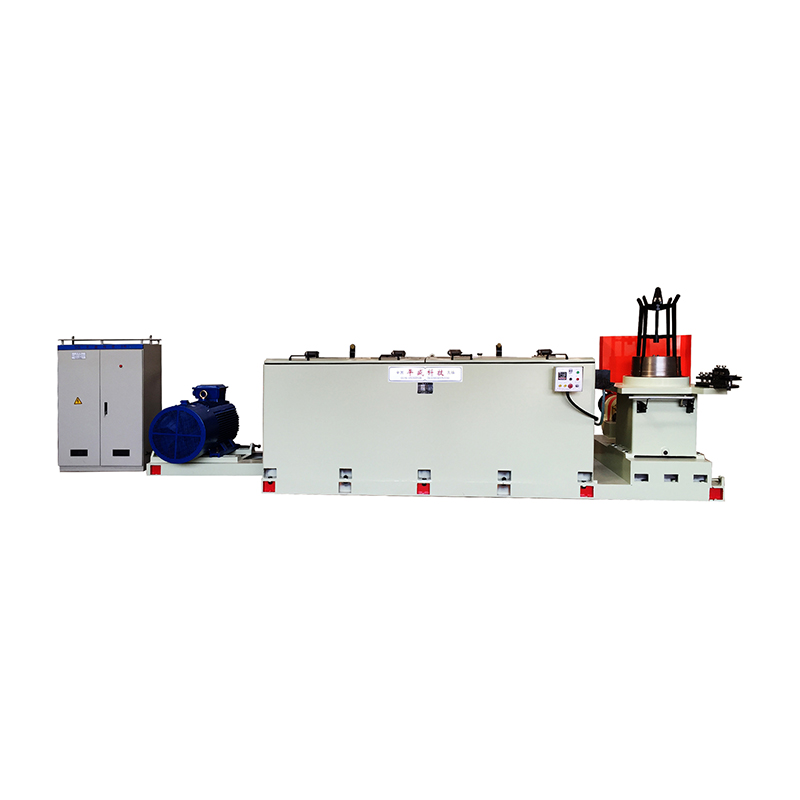
Comparative Analysis: Wet vs Dry Wire Drawing Machines
The choice between wet and dry wire drawing machines depends on production requirements, material characteristics, and cost considerations. The following table summarizes the primary differences.
| Feature | Wet Wire Drawing | Dry Wire Drawing |
| Lubrication | Continuous liquid lubrication (oil or water-based) | Minimal or solid lubrication (graphite, wax) |
| Heat Management | Effective cooling, reduced overheating | Higher risk of heat buildup; requires careful control |
| Surface Finish | Smoother, fewer defects | Dependent on die and wire quality; potential for scratches |
| Maintenance | Regular lubrication system maintenance required | Lower maintenance for lubrication system |
| Speed | Moderate; limited by lubricant handling | High-speed production possible |
| Applications | High-quality wires, copper, aluminum, large diameters | Small-diameter wires, specialty metals, low-contamination requirements |
| Environmental Impact | Requires management of used lubricants | Cleaner operation with less liquid waste |
Advantages of Wet Wire Drawing Machines
Wet wire drawing machines offer several advantages in terms of wire quality and die longevity. The lubrication reduces friction, minimizes defects, and allows for the drawing of harder metals and larger diameters with consistent results.
- Enhanced surface smoothness for superior wire quality.
- Reduced die wear extends machine life.
- Better heat control prevents microstructural damage.
Advantages of Dry Wire Drawing Machines
Dry wire drawing machines are simpler and can be more environmentally friendly. They are ideal when liquid lubrication is impractical or when contamination must be avoided, such as in certain specialty metal wires.
- Reduced need for lubricant management and disposal.
- High-speed production capability.
- Simplified machine setup and maintenance.
Choosing the Right Machine for Your Production Needs
Selecting between wet and dry wire drawing machines requires evaluating production goals, wire material, and environmental conditions. Factors to consider include:
- Desired wire surface quality and dimensional precision.
- Wire material hardness and diameter.
- Production speed requirements and machine throughput.
- Environmental regulations regarding lubricants and waste management.
- Maintenance capabilities and cost considerations.
Conclusion
Both wet and dry wire drawing machines have their own advantages and limitations. Wet wire drawing excels in surface finish, heat management, and die longevity, making it ideal for high-quality, large-diameter wires. Dry wire drawing provides a cleaner, simpler process with higher production speeds, suitable for smaller wires or specialty applications. Understanding these differences allows manufacturers to select the most suitable machine to meet their operational, quality, and environmental goals effectively.


 EN
EN
 English
English Español
Español Français
Français Português
Português عربى
عربى



